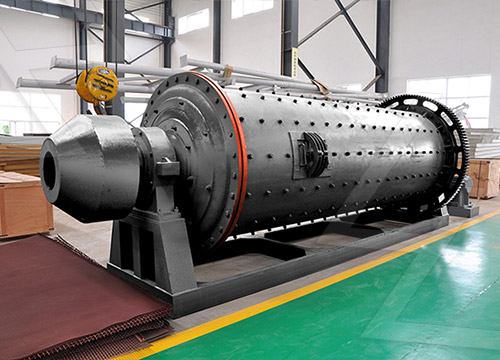A ball mill for iron ore beneficiation is a grinding machine used to grind and blend materials for use in mineral dressing processes, paints, pyrotechnics, ceramics, and selective laser sintering. It works on the principle of impact and attrition: size reduction is done by impact as the balls drop from near the top of the shell.
Iron ore beneficiation is the process of purifying raw iron ore before smelting it. This involves several stages of crushing and grinding to reduce the size of the iron ore particles and separate impurities from the ore. The goal is to obtain a high-grade iron ore concentrate with low impurities, which can be used in various industrial applications.

The ball mill plays a critical role in the iron ore beneficiation process. Here’s how it works:
- Grinding: The crushed iron ore is fed into a rotating cylinder containing steel balls. As the cylinder rotates, the balls fall and cascade the ore, breaking it into smaller fragments. The grinding action helps to liberate the valuable iron minerals from the gangue (unwanted materials).
- Classification: The ground ore particles are then sieved or classified based on size. The finer particles, which contain the valuable iron minerals, are sent to the next stage of the beneficiation process, while the coarser particles are returned to the ball mill for further grinding.
- Magnetic separation: In some cases, iron ore beneficiation involves magnetic separation. Magnetic separators are used to separate the magnetic iron minerals from the non-magnetic gangue. The ground ore is passed through a magnetic separator, which attracts the magnetic particles and separates them from the non-magnetic material.
- Froth flotation: In other cases, froth flotation is used for iron ore beneficiation. The finely ground ore is mixed with water and a reagent that enhances the attachment of certain minerals to air bubbles. Air is then bubbled through the mixture, and the iron minerals attach to the air bubbles, forming a froth on the surface. The froth is collected and further processed to obtain the iron concentrate.
- Dewatering and drying: After the beneficiation process, the iron concentrate needs to be dewatered to remove excess water. This is typically done using filters or centrifuges. The dewatered concentrate is then dried to reduce moisture content, making it suitable for storage and transportation.
The ball mill is a versatile and efficient tool for grinding and blending materials in the iron ore beneficiation process. Its main advantages include:
- High grinding efficiency: The ball mill utilizes the impact and attrition forces to reduce the size of the ore particles, resulting in efficient grinding and liberation of the valuable minerals.
- Flexibility: The ball mill can be used for both wet and dry grinding, allowing for greater flexibility in the beneficiation process. Wet grinding is suitable for situations where water is readily available, while dry grinding is preferred when water is scarce or when a dry final product is desired.
- Size control: The size of the grinding media (balls) and the speed of rotation can be adjusted to control the size of the final product. This allows for precise control over the particle size distribution, ensuring the production of a high-grade iron ore concentrate.
In conclusion, the ball mill is a crucial equipment in the iron ore beneficiation process. It effectively grinds the ore, facilitates particle size control, and contributes to the overall efficiency of the beneficiation process. By using a ball mill, manufacturers can produce a high-grade iron ore concentrate that meets the requirements of various industries.
